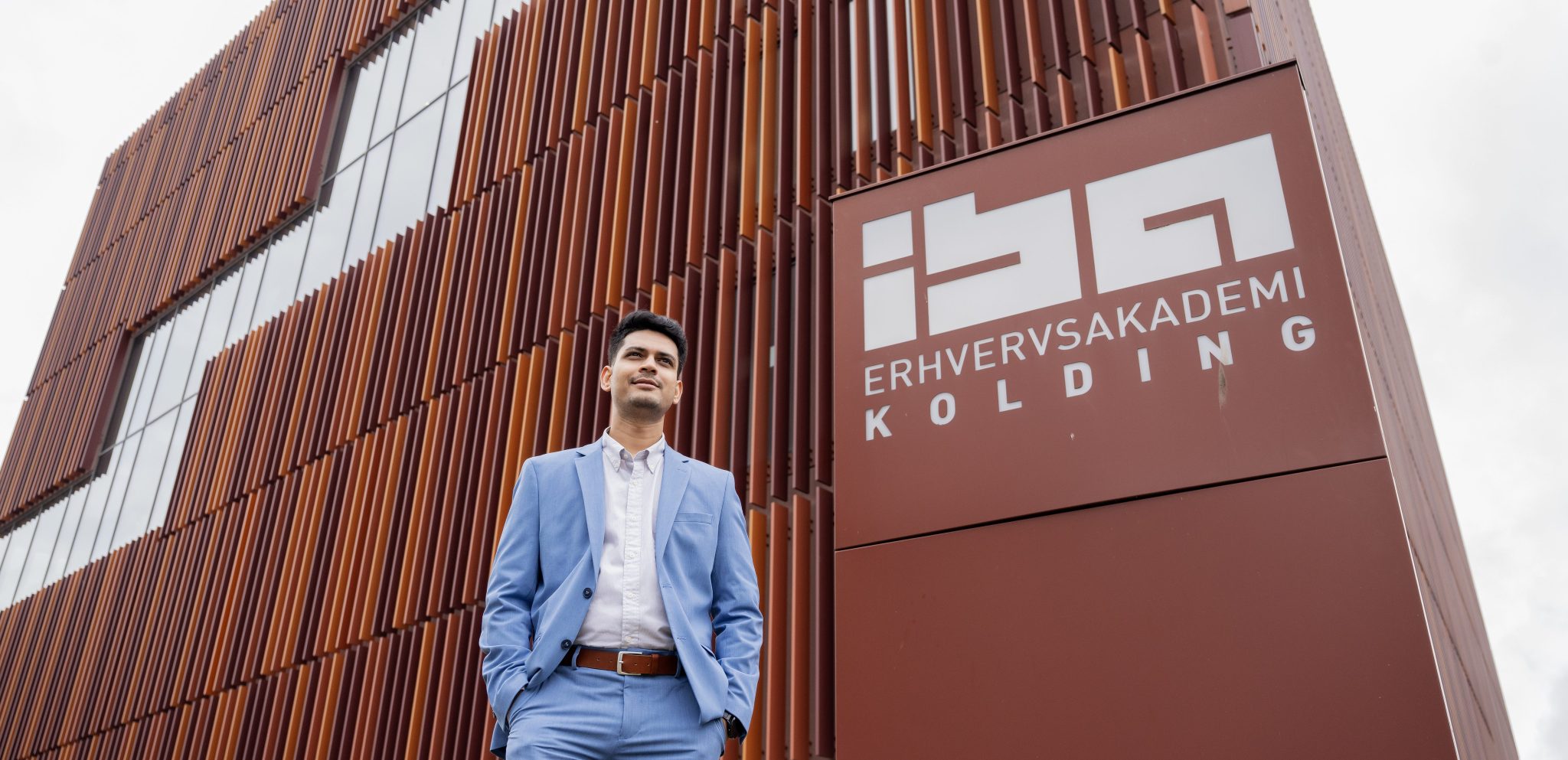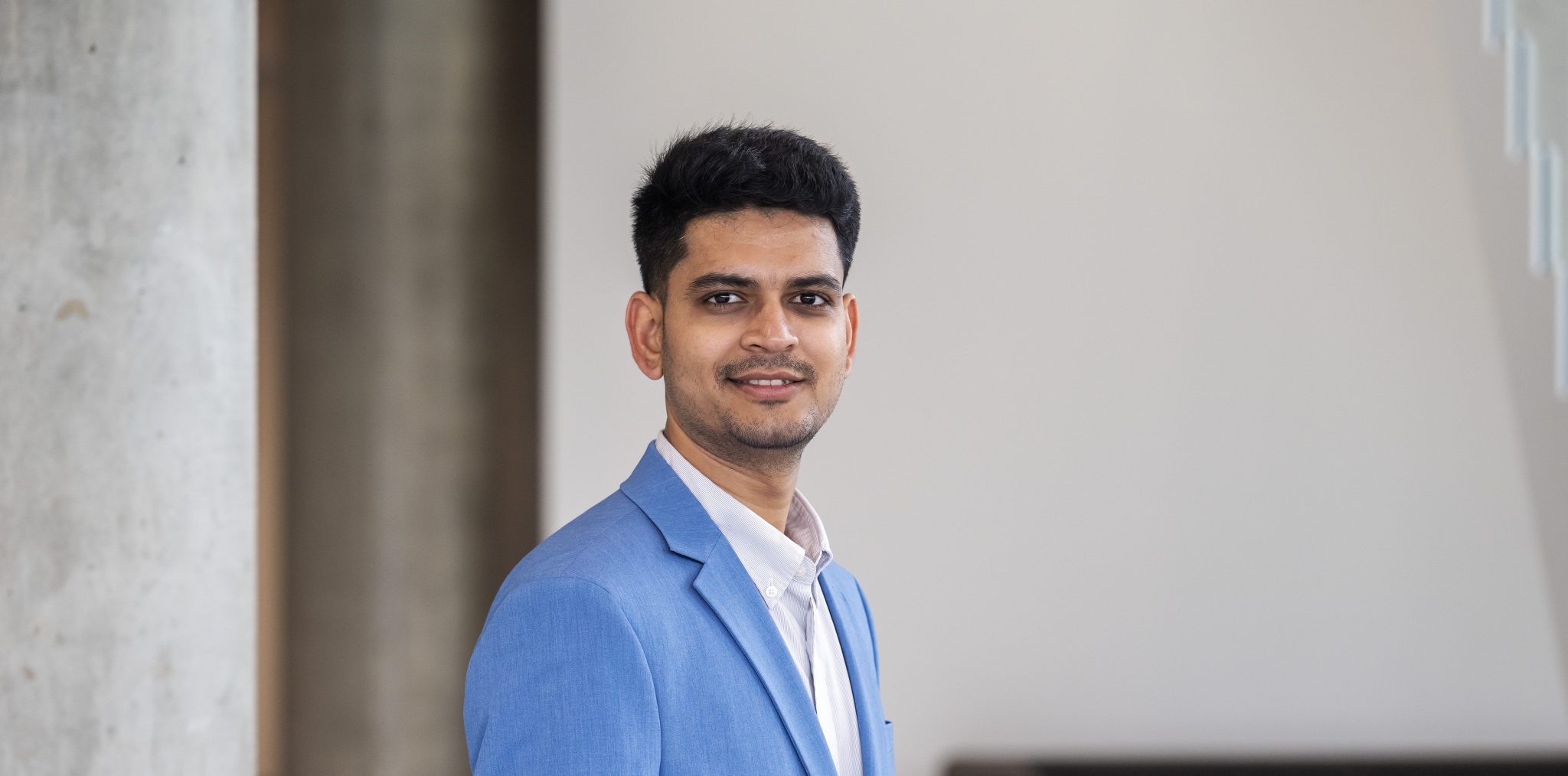Important Information for International Students
On April 30th, 2025, the Danish Parliament passed new legislation concerning international students in Denmark.
The new regulations will pass into effect on May 2nd, 2025. The following regulations will apply to all students enrolling at the IBA International Business Academy on or after this date:
- Students are not permitted to work during their studies at the IBA International Business Academy in Kolding.
- Students must depart Denmark immediately upon completing their studies.
- Students are not allowed to bring dependents to Denmark.
These changes apply to all students from non-EU countries enrolled in Coventry degree programs at the IBA Kolding, including the new BME programme.
You can read the official statement from Nyidanmark/NewtoDenmark (in English) here >>
If you have any questions or need further assistance, please feel free to contact us at: apply@iba.dk
The changes do not apply to students who have applied for or been granted a residence permit as a student before 2 May 2025. These students will continue to have the right to a limited work permit, a 6-month job search stay and the right to bring accompanying family to Denmark. These students will continue with the same rights if they apply for an extension of their residence permit from 2 May 2025.
Nor do the changes apply to foreign nationals who have applied for or been granted a residence permit as an accompanying family member of a student in a non-state-approved higher educational programme before 2 May 2025. These accompanying family members will continue with the same rights if they apply for an extension of their residence permit from 2 May 2025.
You can read the official statement from Nyidanmark/NewtoDenmark (in English) here >>
If you have any questions or need further assistance, please feel free to contact us at: apply@iba.dk
"When you travel to another country, as I have done, you just develop much faster than your peers back home. Suddenly having to handle everything on your own leads to significant personal growth."
Augustinas Petrovskis Graduated from Bachelor of Arts (Hons) International Business Augustinas: You develop much faster when you study abroad

"You can never say, ‘Now I know everything…’ - you have to keep learning constantly in order to keep yourself updated."
Vahid Hajjari Masters in General Management Vahid gave his MBA an international boost

“We’ve worked through so many case studies during our course at the IBA and visited many companies. It’s been incredibly valuable to combine theory with practice like that,”
Ishita Paul Has studied a MBA in General Management Denmark Was Never on Ishita’s Wishlist – At First

"You have to meet deadlines when you study online. Luckily, that’s something sports people are really good at. When we train or play a match, we’re always on time. Every single time. There’s simply no alternative."
Jonas Bager Footballer and online-student Footballer: Getting an education brings many victories, too

“You can develop quickly here at the IBA, if you put in the effort. There’s lots of support and exciting opportunities. For example, you can visit companies with your lecturer and work on real assignments for them along the way”
Nikunj Patel Has studied MBA in General Management At the IBA, you tackle “real-life cases” for companies along the way, says Nikunj, who studied for an MBA

"We always had a week to submit assignments, so there was plenty of opportunity to plan around other commitments."
Csilla Baksay Rasmussen Customer Supporter & Project Coordinator Online education helped Csilla fulfill her big dream

Stories from the IBA

At the IBA, you tackle “real-life cases” for companies along the way, says Nikunj, who studied for an MBA

International Week brought together students from all over the globe at the IBA
Studying and Living in Kolding
As a student at the IBA, you’ll experience daily life in our modern building located in the heart of Campus Kolding and close to the city centre.
We’ve gathered everything you need to know about Student Life and accommodation in Kolding!
Read about Student Life Read about Housing
4 reasons to study at the IBA in Denmark
Choosing where to study is a big decision, and the IBA International Business Academy offers a unique combination of academic excellence, practical learning, and international focus.
Here are five compelling reasons to join us:

Denmark is ranked as one of the safest countries in the world according to the Global Peace Index.

High quality teaching and course assured through accreditations from the Danish Evaluation Institute and UK Quality Assurance Agency.

Kolding is a student city with a very relaxed and calm atmosphere, that will help you focus on your studies, personal development as well as social activities.

Alongside your studies, you can participate in a variety of events, allowing you to meet other students across educations and nationalities. Read more about IBA Student Life here














